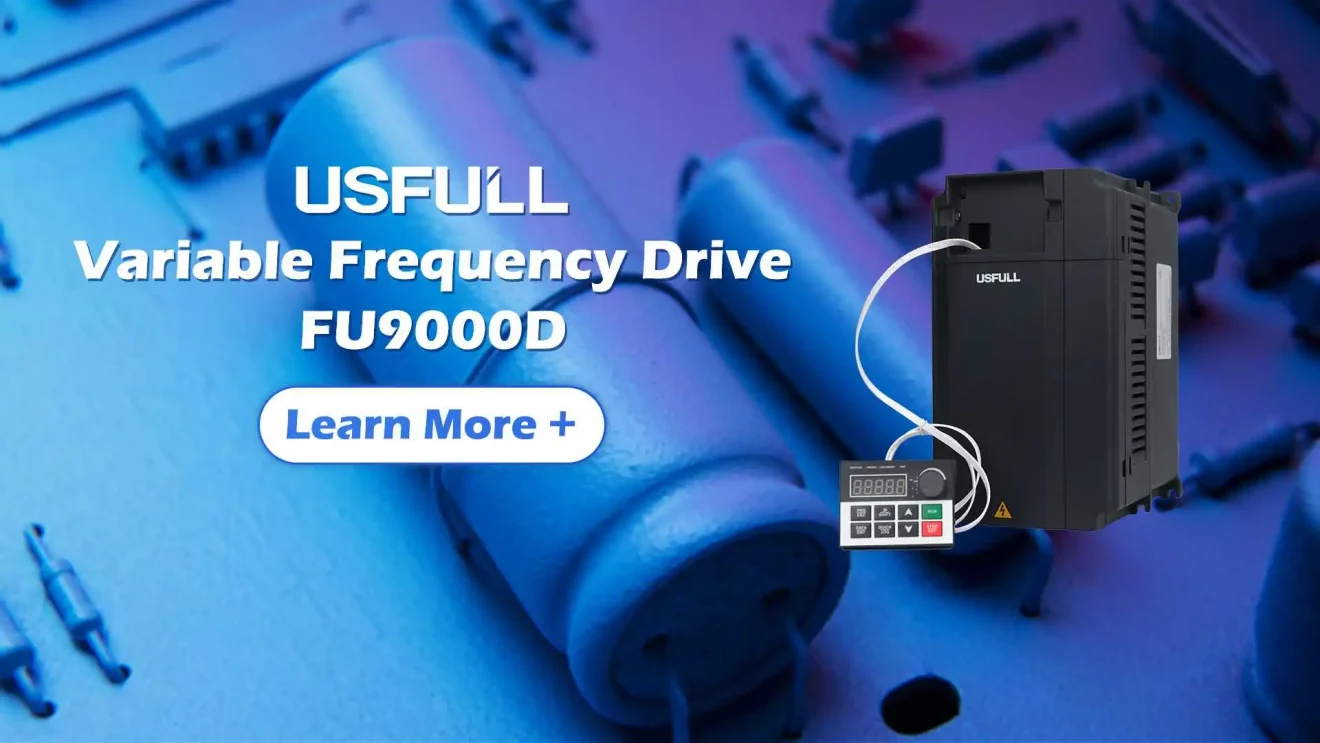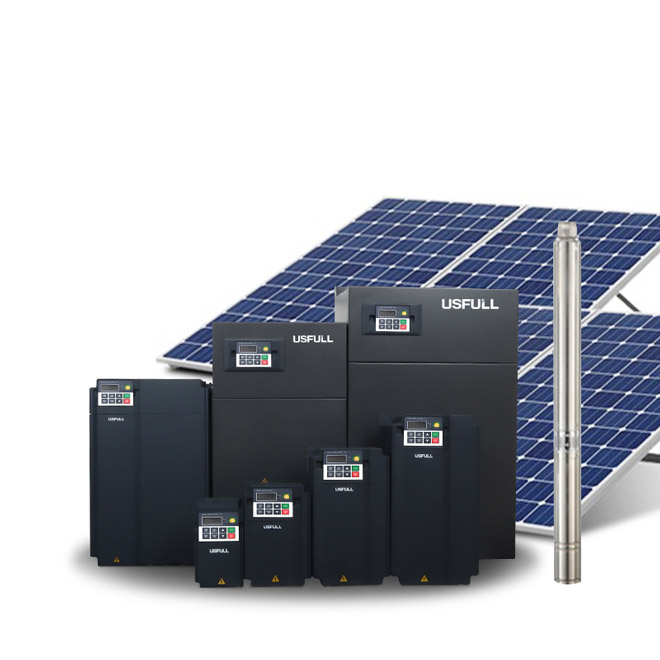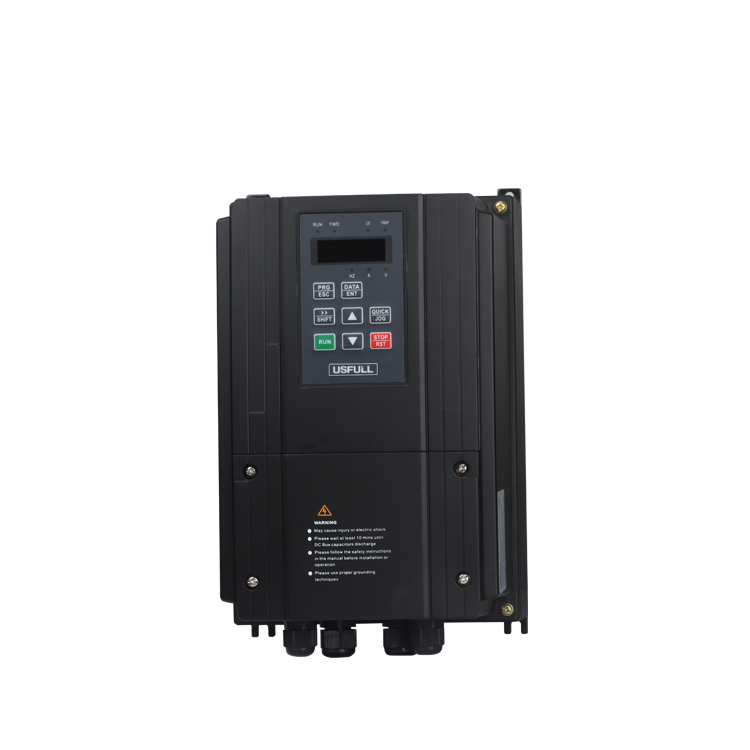Running a synchronous motor efficiently can be challenging without precise speed control. Without proper control, energy waste and operational inefficiencies arise, leading to costly downtime and potential damage. The solution? Using a Variable Frequency Drive (VFD) to optimize performance and efficiency.
Yes, a Variable Frequency Drive (VFD) can run a synchronous motor by adjusting the frequency and voltage supply, ensuring smooth startup and efficient speed regulation. By providing controlled acceleration, VFDs prevent inrush current issues and enhance energy savings. However, selecting the right VFD and tuning its settings is crucial for optimal operation.
Let’s explore how VFDs work with synchronous motors and what factors to consider for seamless operation.
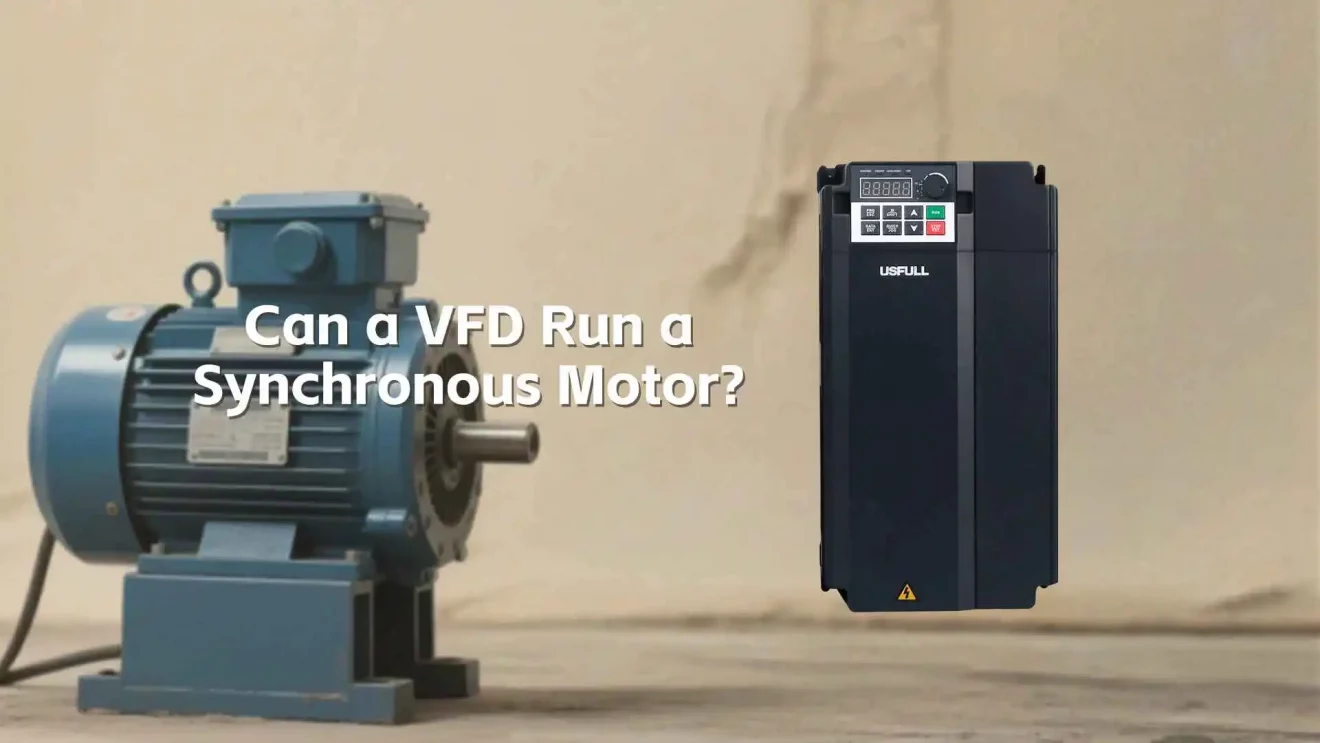
How Does a Variable Frequency Drive (VFD) Work?
A Variable Frequency Drive (VFD), also known as a frequency inverter or variable speed drive (VSD), controls motor speed by adjusting the frequency and voltage of the power supply. The VFD consists of three key components:
Rectifier – Converts AC power to DC.
DC Bus – Filters and regulates power.
Inverter – Converts DC back to AC with adjustable frequency and voltage.
This mechanism enables smooth motor acceleration, reduces energy consumption, and enhances overall control.
Can a VFD Start and Control a Synchronous Motor?
Yes, a VFD can start and regulate a synchronous motor, but additional considerations are required:
Rotor Excitation: Unlike induction motors, synchronous motors require external excitation for the rotor to lock onto the rotating magnetic field.
Closed-Loop Control: Many VFDs use encoder feedback to maintain precise motor synchronization.
Soft Starting Capability: A VFD enables gradual acceleration, preventing mechanical stress and electrical surges.
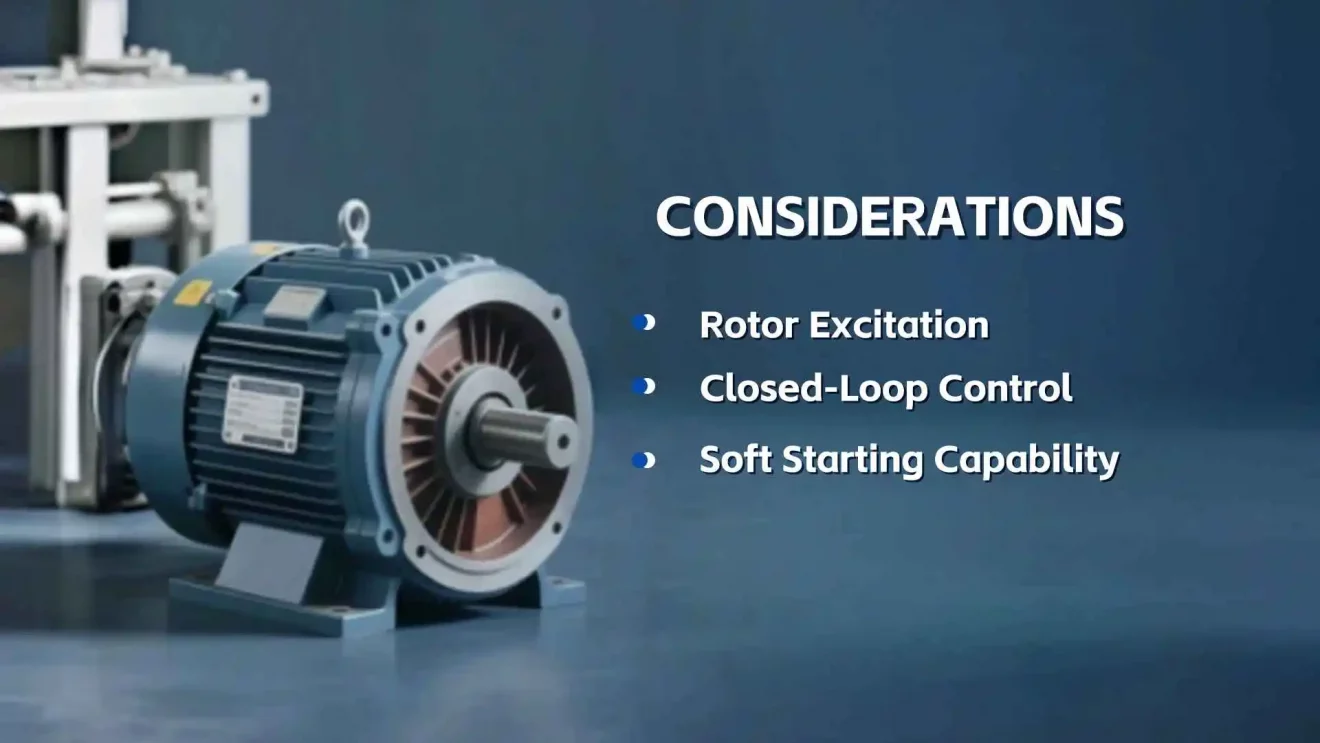
What Are the Benefits of Using a VFD with a Synchronous Motor?
Using a Variable Frequency Inverter with a synchronous motor offers multiple advantages:
- Energy Efficiency– Reduces power consumption by matching motor speed to load demand.
- Precise Speed Control– Enables accurate speed adjustments for industrial applications.
- Extended Motor Lifespan– Minimizes mechanical wear by preventing sudden starts and stops.
- Power Factor Improvement – Synchronous motors inherently correct power factor, and a VFD optimizes this effect.
What Are the Challenges of Running a Synchronous Motor with a VFD?
Despite the benefits, a frequency inverter VFD must be carefully selected and configured for optimal performance:
- Complex Setup– Requires precise tuning of excitation and control parameters.
- Higher Initial Cost– Advanced VFDs with encoder support can be more expensive.
- Harmonics and Heating – Poorly tuned VFDs can cause excessive harmonics and overheating.
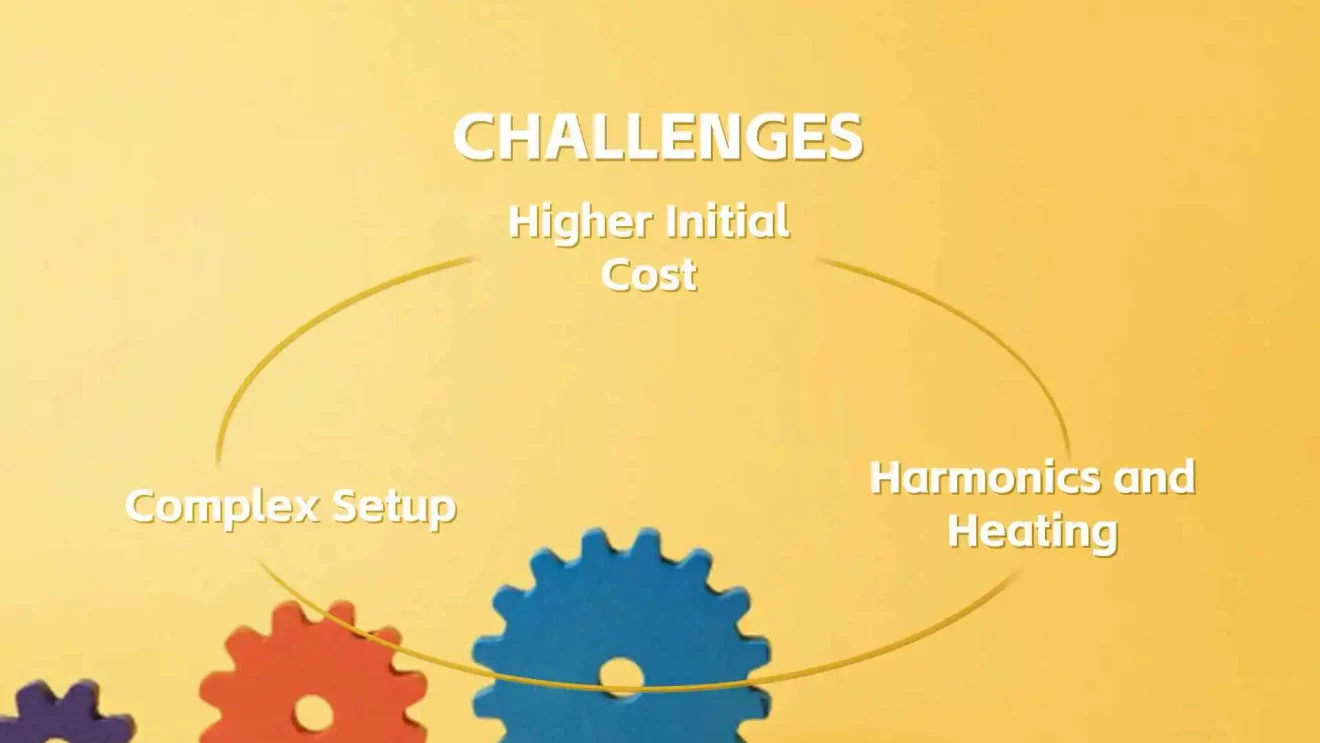
How to Choose the Right VFD for a Synchronous Motor?
Selecting the correct variable speed drive (VSD) involves considering:
- Power Rating– Ensure the VFD matches the motor’s voltage and current ratings.
- Control Features– Look for closed-loop control, encoder compatibility, and excitation control.
- Application Requirements– Industrial applications may require additional safety and monitoring features.
A VFD can efficiently run a synchronous motor, improving control, efficiency, and longevity. Choosing the right VFD and properly configuring it ensures seamless operation and maximum benefits.

